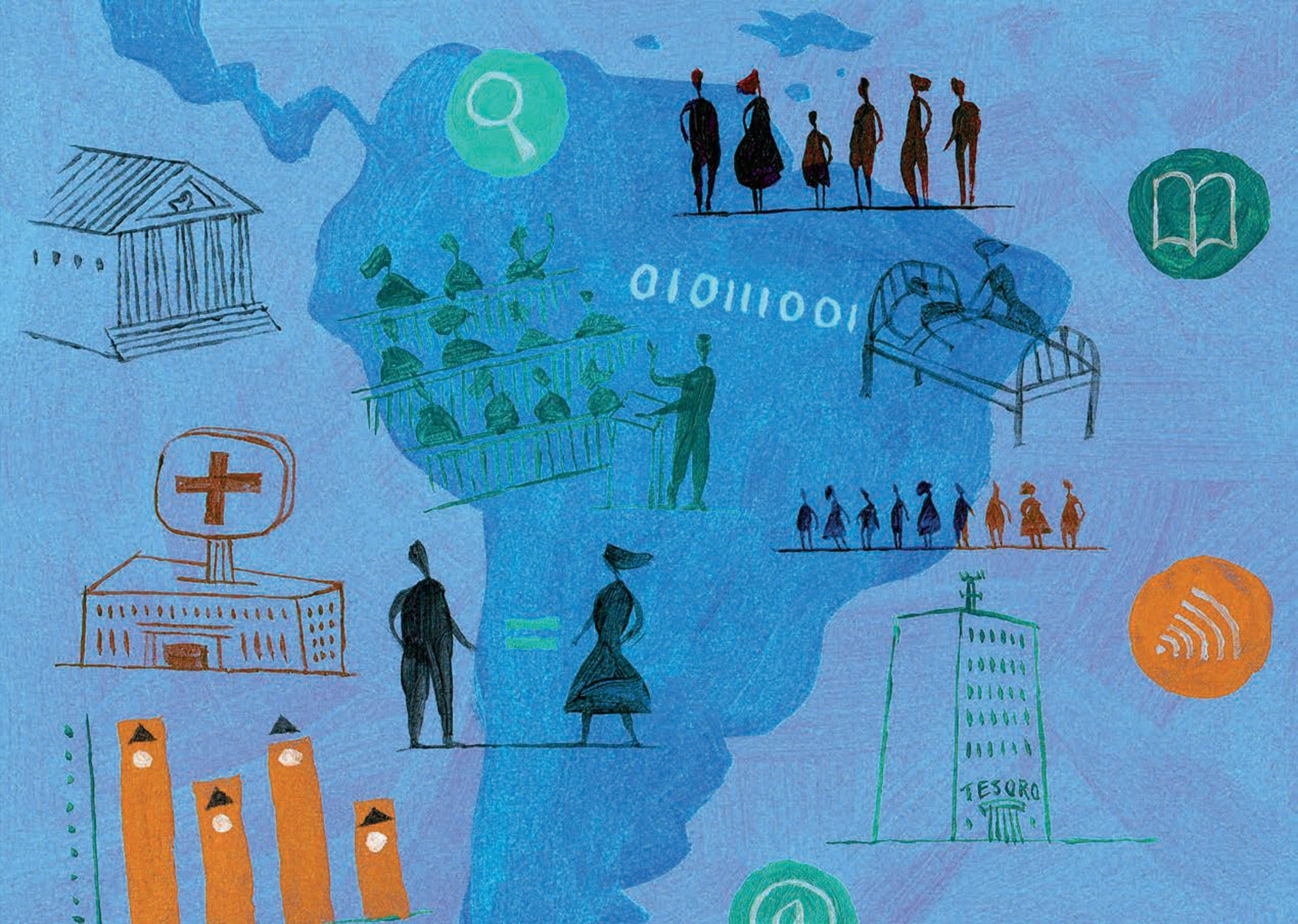The fiscal balance is the difference between government revenues and spending, indicating if governments raise enough resources to cover their expenditures. This balance could be negative, resulting in a deficit, or positive, resulting in a surplus. Consecutive large fiscal deficits may lead to debt accumulation. When the level of outstanding debt is high, the cost of servicing that debt (interest payments) can push a country further into deficit, thereby hindering fiscal sustainability. Conversely, improvements in the fiscal balance over time signal good fiscal health. Such improvements may result from a combination of the following factors: political commitment to fiscal discipline, sound institutional arrangements for budgeting and/or a favourable performance of the economy.
LAC countries reported an average deficit level of 4.3% of GDP in 2018, which was higher than in OECD countries where it reached on average 2.9% of GDP. Compared to 2007, when it was on average 0.9% of GDP the fiscal deficit in LAC countries increased by 3.4 p.p., portraying an overall deterioration of the fiscal and economic outlook in the region when comparing these two points in time. Such deterioration results from the combination, in recent years, of fewer resources from commodities and sluggish economic growth coupled with political uncertainty in many countries of the region. In 2018, Jamaica (1.2%) and Honduras (0.2%) were the only LAC countries that reported a fiscal surplus. Over the past two of years, Honduras has made important efforts to reduce macroeconomic imbalances and institutionalise macroeconomic prudence (IMF, 2019). In contrast, the general government fiscal deficits were the highest in Bolivia (8.1%), Brazil (7.2%) and Suriname (7.2%). Given the size of its economy, what happens in Brazil in economic terms has consequences in many countries of the LAC region. The recession that started in 2015 has demonstrated the existence of considerable imbalances in the fiscal accounts, triggered by increased public spending needed, among others, to cope with an ageing population as well as subsidies to companies that have been losing competitiveness (OECD, 2018).
The primary balance is the overall fiscal balance excluding net interest payments on public debt. It illustrates the extent to which governments can honour their debt obligations without the need for further indebtedness. All in all, the primary balance is an indicator of debt management and sustainability of public finances in the short run.
In 2018, of the 4.3% of GDP deficit on average in LAC countries, almost 3.8% of GDP represented net interest payments, which resulted in an average primary deficit of 0.5% of GDP. The largest primary deficit in 2018 was in Bolivia (7.0%), followed by Suriname (3.6%), and Trinidad and Tobago (3.0%), while the largest primary surpluses were in Caribbean countries such as Jamaica (7.5%), Barbados (3.5%) and Belize (2.1%). These three countries have implemented fiscal consolidation reforms in the past years, as they were highly indebted and experiencing low economic growth. In turn, net interest payments were the highest in Jamaica (6.3%), Brazil (5.6%), Mexico (3.8%) and Barbados (3.8%).


